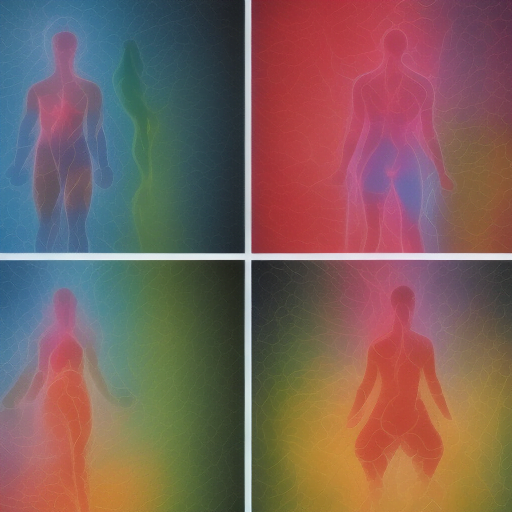
The Marvelous Link: Exercise and Immunity
Who’d have thought, right? Just like resistance bands in the gym, exercise and the immune system are pulling together! It’s always been dogma in the fitness world that exercise is essentially a wonder drug, improving everything from energy level, mood, longevity, to reducing rates of age-related diseases. However, diving into the nitty-gritty “workout” that happens inside our bodies when we exercise is no less interesting. In recent research, we have found a super-sweaty relationship between exercise and the immune system, particularly delineating the key role it plays in the countless benefits of our beloved squats, push-ups, and burpees.
Tregs: The Unsung Heroes in Muscle Empire
Remember your last high-intensity workout and the muscle soreness that followed? A new study looked into the aftermath of this ‘muscle mayhem’. Generally, it’s a cascade of inflammatory responses and the release of various hormones affecting different organs such as the heart and the lungs. Now, the spotlight is on our mini warriors, Regulatory T cells (Tregs), that show up at the site of activity during exercise – the muscle.
The study analyzed the differences in muscle cells from sedentary mice, mice that ran once and another batch that were regular treadmill runners. The results showcased the part of the immune system that dons the ‘cape’ in our exercise narrative – literally stretching the benefits of workouts by reducing inflammation and promoting muscle performance among mice that exercised regularly. It also became clear that exercise acted as a natural Treg booster, revealing the significance of repetitive muscular work to reap its full benefits.
Interestingly enough, the absence of Tregs in the body presented an exaggerated inflammatory response during exercise, along with swollen mitochondria (indicative of metabolic abnormalities) and inability to adapt to increased exercise demands. It was like an unplugged treadmill, folks!
Interferon: Playing the Bad Guy
Turns out, it wasn’t all squats and lunges. The study also highlighted interferon’s role – a typical inflammation promoter. In the absence of our guardian angels (aka. Tregs), interferon ran a rampage causing unchecked damage. It directly affected muscle fibers to tweak their mitochondrial function and limit energy production. So blocking interferon become essential for maintaining metabolic normalcy and enhancing aerobic fitness in the absence of Tregs.
Dear fitness enthusiasts, it seems your squats just got more scientific! And it doesn’t stop there. The research also hinted at the possibility of Treg activity being boosted elsewhere in the body during exercise, expanding the exercise-immunity relationship beyond muscle fortification.
The Bicep Curls of Immunity: Short and Snappy Sum-Up
- Exercise intertwines with immunity – thanks to our newly discovered friends, Tregs, which show up in muscles during physical activity.
- Exercise kindles an immune response, regulating muscle-structure genes, metabolism, and the activity of mitochondria, among other physiological responses.
- In the contest between a sedentary lifestyle and regular exertion, the winner by knockout is exercise – stimulating Treg production, subduing inflammation and boosting muscle performance. Intent matters, not just activity!
- The notable villain of the piece, Interferon, spurs inflammation and wreaks havoc on mitochondria, affecting energy production negatively. But with Tregs on guard, it’s all under control.
- A seal of speculation concludes – exercise might be strengthening the Treg activity everywhere in your body, not just muscles. Who knows what else we’re boosting with our morning run?
Source Citation: https://www.fightaging.org/archives/2023/11/the-immune-system-mediates-some-of-the-benefits-of-exercise/



